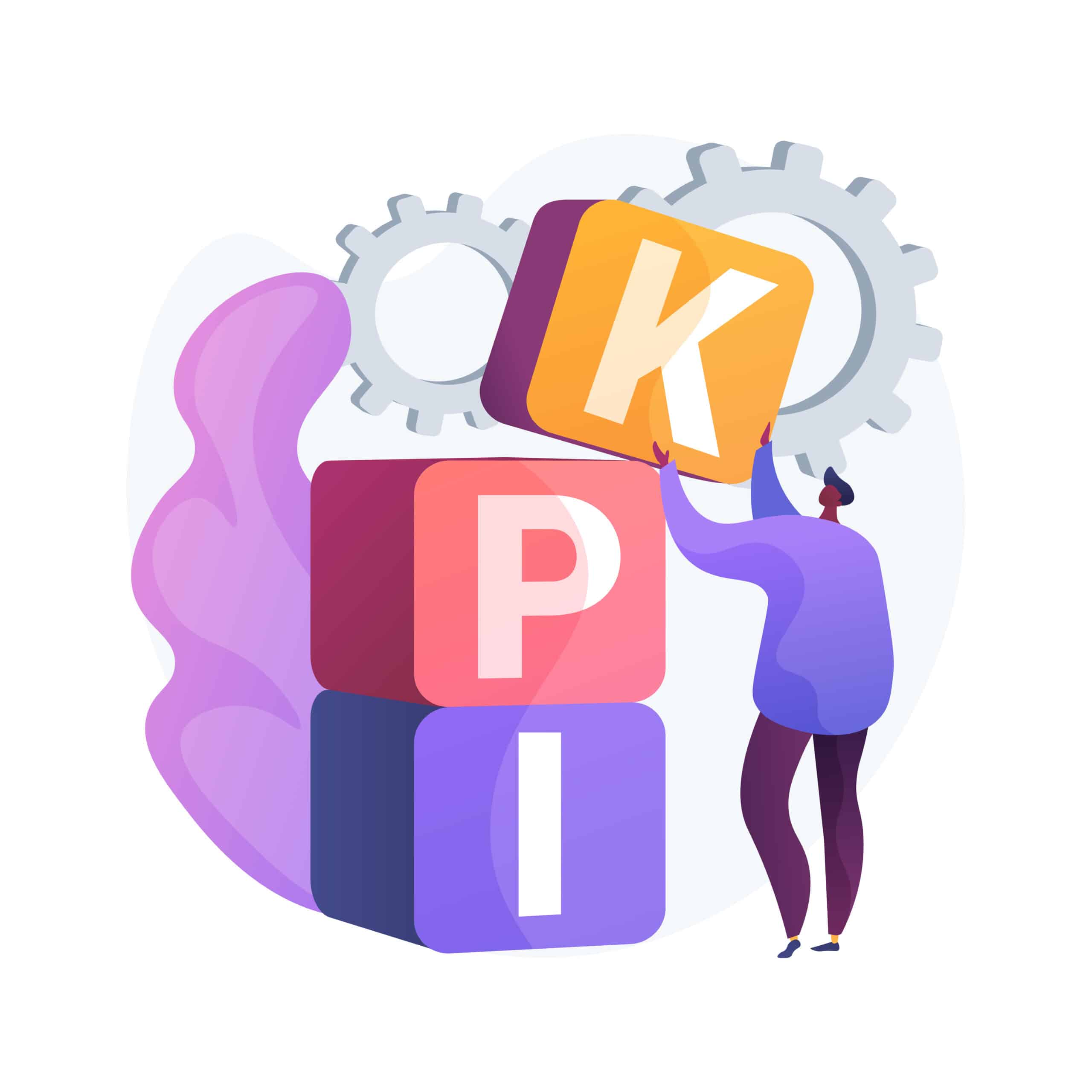It’s time to start planning your marketing initiatives for 2024! But how do you know your marketing efforts were practical this year? The key to lead generation is to measure the success of your current marketing strategy.
You may have heard of something called Key Performance Indicators (KPIs). KPIs are specific marketing metrics used to measure your current campaigns’ performance across different marketing channels. These are used to determine another metric B2B sales teams often use: Return on Investment (ROI).
This number tells you the ratio of profit earned to how much you have spent on marketing efforts and is the ultimate measure of success.
However, there are dozens of essential marketing KPIs to choose from when planning your lead generation strategy to give a broader picture of your company’s performance.
Lucky for you, the experts at Dirxion, the digital catalog and product marketing experts, have created a shortlist you can use during your 2024 marketing planning meeting.
Are Website Visits Enough?
Many marketers put a high premium on website traffic. And why shouldn’t they? Knowing how many people have landed on your website and what content they view provides essential insights into how your customers interact with your business.
You should be measuring website visits and conversions by default. Still, these should be in addition to other essential marketing KPIs to get a holistic view of how your business is performing.
Each KPI measures how your data is related to one another to give you insights into how potential clients move through your content toward conversion. Ideally, you should have marketing KPIs spread throughout your marketing funnel to get a good sense of what parts of the consumer journey to optimize.
Understanding Lead Generation
In marketing, a lead is a person who has engaged with your brand in some way and has indicated they may be open to further interactions that could lead to a sale or purchase. Like website traffic and conversions, your company should keep track of leads by default.
We often divide leads into two categories:
- Marketing Qualified Leads (MQLs)
- Sales Qualified Leads (SQLs)
The main distinction between these two types of leads is where they are in the consumer journey.
An MQL is typically someone who has responded to one of your calls to action near the top of the marketing funnel. These users may have signed up for a webinar or clicked a button in your recent email marketing campaign. MQLs need exposure to more marketing content to move them further down the funnel into SQLs.
SQLs are individuals who have more or less indicated they have begun narrowing down products or services to purchase and are open to buying from you. SQL identifiers could be people who view certain product display pages, search for a specific product line, or add items to a cart only to abandon it.
Understanding the types of leads is essential when analyzing the number of leads you have generated, as they aren’t all created equal.
Important B2B Marketing KPIs
In the upcoming year, it’s going to become increasingly important for B2B marketers to measure five types of marketing KPIs. These include:
- Click-through rate (CTR)
- Cost per click (CPC)
- Cost per lead (CPL)
- MQL to SQL conversion rate
- Return on Ad Spend (ROAS)
Click-Through Rate (CTR)
Simply put, CTR is a measurement comparing how many times a CTA or page was viewed versus how many people clicked the content. It’s a simple formula that gives you the percentage of visitors that landed on your site from marketing channels.
CTR is essential when determining whether the marketing content you’re putting out is of interest to your target audience. A high CTR tells you many people who viewed your content were interested in it and clicked to learn more. A low CTR may indicate your content isn’t targeting the right group or that your CTA isn’t strong enough.
The click-through-rate formula divides the number of impressions for a specific piece of content or a page by the total number of clicks for said content, multiplied by 100 to get a percentage.
Cost Per Click (CPC)
While ROI gives you a general idea of how your marketing is doing, CPC allows you to drill down to understand each campaign’s cost. Cost per click measures the total cost to run a campaign versus what sort of interactions you receive from it.
CPC is often used as the primary KPI for paid advertising, as it’s easy to determine how much you spent running the ads versus how many customers came to your website from them. The goal is generally to have a low CPC, which indicates you spent less money but generated a lot of leads. A high CPC indicates your campaigns have to work much harder to convince clients to interact with them.
The formula for CPC is the campaign cost divided by the number of interactions to get a dollar value.
Cost Per Lead (CPL)
Cost per lead is a KPI that measures the total cost of generating one new marketing lead. CPL is important to determine whether your marketing campaigns effectively capture potential customers. A high cost per lead indicates your marketing campaigns are spending a lot of money to generate leads, which may be a tell-tale sign that the campaigns are ineffective.
The formula for CPL is the total cost of marketing divided by the number of leads generated to get a dollar amount.
CPL is a separate metric from Cost Per Acquisition (CAC), which measures the total cost required to capture a new paying customer. Depending on your needs, you may want to use one or the other, or both.
MQL to SQL Conversion Rate
This metric is helpful to tell the rate at which your marketing-qualified leads turn into sales-qualified leads. It’s a great way to determine if your marketing helps move customers through the marketing funnel.
A high MQL to SQL conversion rate indicates your campaigns persuade many of your leads, and these users are more open to purchasing from you. Inversely, a low MQL-SQL conversion rate may indicate your leads are unconvinced and seek services elsewhere before they reach the bottom of the funnel.
MQL to SQL conversion rate is an excellent metric for identifying touchpoints needing work.
The formula is the total number of MQLs divided by the total number of SQLs multiplied by 100 to get a percentage.
Return on Ad Spend (ROAS)
Return on ad spend is a crucial metric for understanding your campaigns’ performance. The amount of revenue you generate is what matters. That’s why you do marketing in the first place!
ROAS is a KPI that compares the amount of money you spend on a campaign versus the actual return in revenue you get for it.
A high ROAS indicates your campaigns are generating a lot of revenue compared to the cost of operating them.
ROAS is a great metric when presenting to company decision-makers as it perfectly demonstrates how your efforts have impacted the bottom line.
The formula is the total revenue generated by a campaign divided by the cost of the campaign and multiplied by 100 to get a percentage.
Dirxion Catalogs Have the Analytics You Need
Providing these B2B marketing KPIs is good, but you need solid analytics to make it happen. Dirxion’s digital catalogs offer a new marketing channel to collect analytics from. We have measurements built in to give you the insights you need on what your customers are searching for and viewing within your catalog.
Partner with Dirxion today for a custom-crafted buying experience with data-driven analytics to help you quickly find and close leads.










